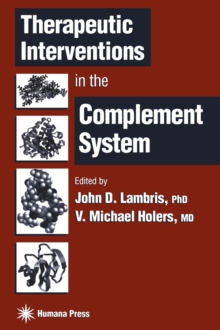
Molecular Biology of B-Cell and T-Cell Development PDF
Edited by John G. Monroe, Ellen Rothenberg
Part of the Contemporary Immunology series
Description
Despite the tremendous diversity of the cells of the hematopoietic system, they are all derived from common precursor cells that are generated in the fetus and persist into adult life.
In this regard, Band T lymphocytes, which comprise the two arms of the antigen-specific and inducible immune system, though functionally very different, are descendants of the same stem cell precursor.
In the past several years, we have witnessed an explosion of information regarding the process by which differentiation of B-and T-cells from stem cells occurs.
This information, like the answers to most important biological questions, has come from multiple and diverse directions. Because all hematopoietic cells arise from common precursors, complex regulatory processes must be involved in determining commitment to various lineages.
Understanding commitment to the B- or T-cell lineage remains incomplete; however, identification of transcription factors necessary for progression along specific B-and T-cell pathways suggests that we are on the verge of understanding the molecules involved in the initial fate-determining steps.
Studies of this type previously could be accomplished only in nonmammalian systems that are more amenable to genetic approaches.
However, new technologies allow increasingly elegant and informative studies in mammalian systems, particularly for cells of the hematopoietic system.
Information
-
Download - Immediately Available
- Format:PDF
- Publisher:Humana Press
- Publication Date:14/03/2013
- Category:
- ISBN:9781475727784
Information
-
Download - Immediately Available
- Format:PDF
- Publisher:Humana Press
- Publication Date:14/03/2013
- Category:
- ISBN:9781475727784










